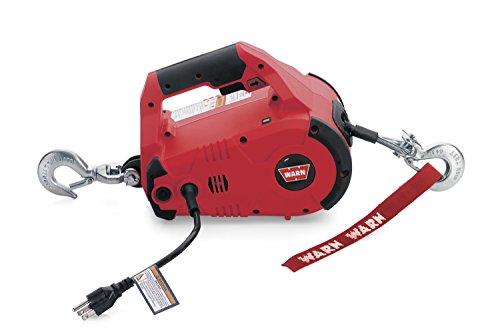- Joined
- Jan 27, 2013
- Messages
- 9,855
- Reaction score
- 34
- Location
- Brisbane Australia
- My Bike Models
- 1981 GL1100 “Rats Nest”
1998 GL1500c Val
1987 CBR1000f “The Pig”
1991 CBR1000f Red
[url=https://www.classicgoldwings.com/forum/viewtopic.php?p=131866#p131866:1oqtmfac said:chuck c » Mon Sep 22, 2014 11:25 am[/url]":1oqtmfac]
[url=https://classicgoldwings.com/forum/viewtopic.php?p=131864#p131864:1oqtmfac said:slabghost » Sun Sep 21, 2014 8:53 pm[/url]":1oqtmfac]
May I suggest that you use the largest circumference of pipe you can as a support post. I strongly doubt the motor will ever get warm enough to deform CPVC if you use that and no buffer between it and the motor it might help keep the fuel charge warmer.
I don't understand. Why should I use a pipe with a large circumference?
As a vertical support post/ spacer , the larger diameter makes it more stable :yes:



















































